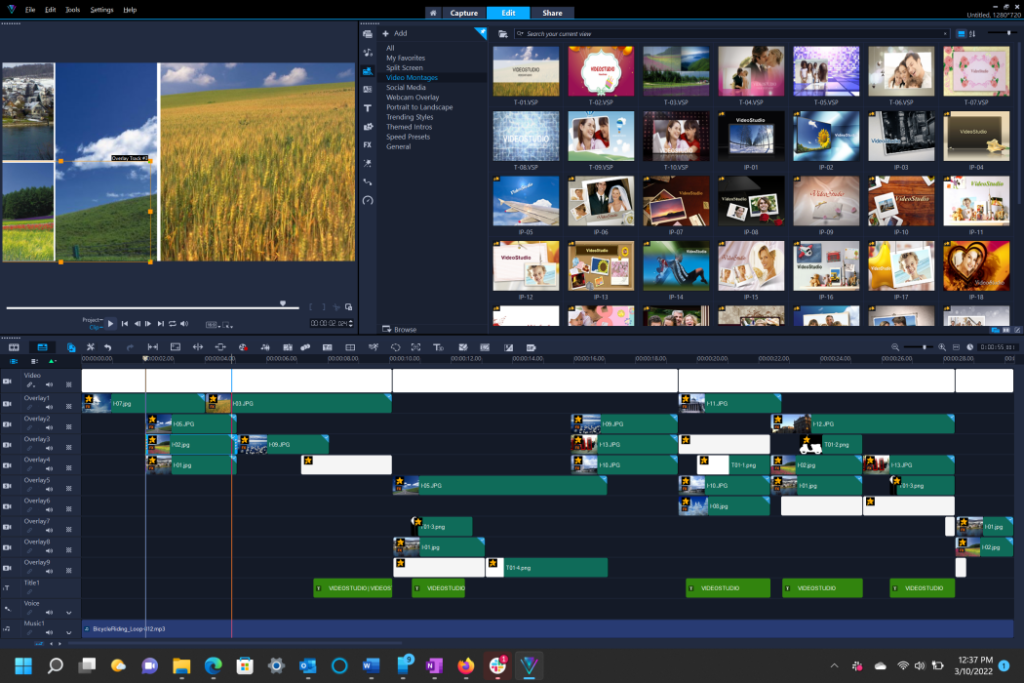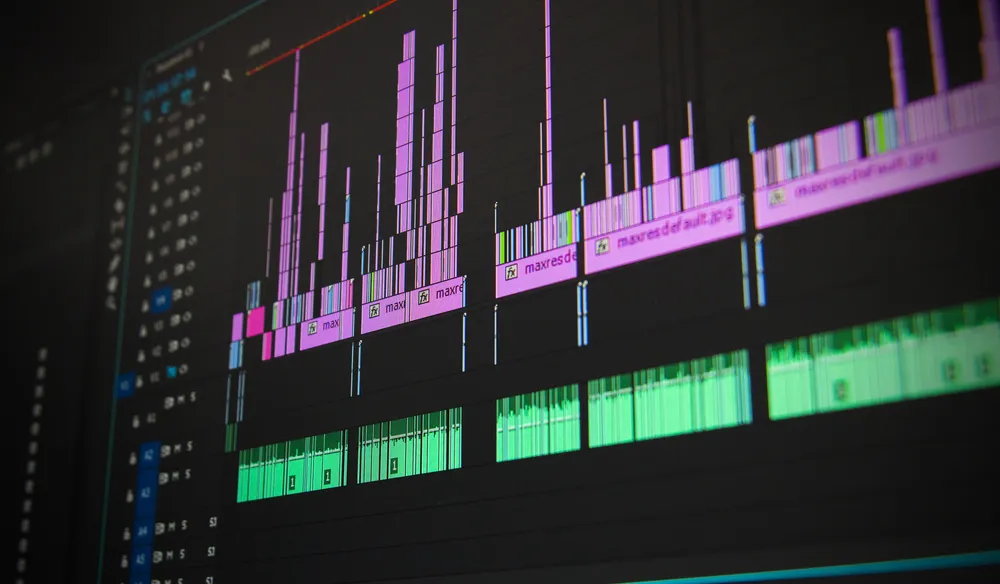Narrative Editing.
In the world of video content creation, storytelling is a powerful tool that transcends words. Through skillful video editing, storytellers can shape narratives, evoke emotions, and captivate audiences. In this blog post, we’ll delve into the art of storytelling through video editing, exploring tips and techniques that can elevate your narrative editing.

Understanding the Basics of Narrative Editing:
Before we jump into advanced techniques, let’s establish a solid foundation by understanding the basics of narrative editing. Every video has a story to tell, whether it’s a short film, a documentary, or a promotional video. As an editor, your role is to bring that story to life through the arrangement of shots, pacing, and visual elements.
- Start with a Clear Vision:
- Before you begin editing, ensure you have a clear understanding of the story you want to tell. Define the message, theme, and emotional tone. This clarity will guide your editing decisions throughout the process.
- Craft a Compelling Opening:
- The first few seconds of a video are crucial in grabbing the audience’s attention. Craft an opening that sets the tone for the story and entices viewers to continue watching. Use captivating visuals or a thought-provoking hook to draw them in.
- Maintain Consistent Pacing:
- Pacing is a critical aspect of narrative editing. Understand the rhythm of your story and adjust the pacing accordingly. Smooth transitions between scenes, varying shot lengths, and well-timed cuts contribute to a dynamic and engaging viewing experience.
Advanced Techniques for Narrative Editing:
Now that we’ve covered the basics, let’s explore advanced techniques that can take your narrative editing to the next level.
- Match Cuts for Seamless Transitions:
- Use match cuts to create seamless transitions between scenes. This technique involves matching elements in consecutive shots, such as shape, movement, or color. The continuity provides a smooth flow, keeping the audience immersed in the narrative.
- Emotional Impact through Juxtaposition:
- Experiment with the emotional impact of your story by juxtaposing contrasting scenes. Place moments of joy next to moments of sorrow to evoke a stronger emotional response. This technique creates a narrative tension that keeps viewers invested in the unfolding story.
- The Power of Sound:
- Never underestimate the power of sound in storytelling. Use music, ambient sounds, and well-timed silence to enhance the emotional resonance of your video. Ensure that the audio complements the visual narrative, creating a harmonious and immersive experience.
- Parallel Editing for Intertwining Narratives:
- When dealing with multiple storylines, employ parallel editing to weave them together seamlessly. This technique involves cutting between different scenes happening simultaneously. Skillful execution can create anticipation and build a more intricate narrative structure.
Enhancing Emotional Resonance:
- Color Grading for Emotional Tone:
- Leverage color grading to enhance the emotional tone of your video. Warm tones can evoke feelings of comfort and nostalgia, while cooler tones may create a sense of detachment or melancholy. Experiment with color palettes to visually reinforce the emotions you want to convey.
- Utilize Close-ups for Intimacy:
- Close-up shots are powerful tools for conveying emotions and building a connection between the audience and the characters. Use close-ups strategically to capture facial expressions, emphasizing the emotional nuances of a scene.
- Subtle Visual Metaphors:
- Incorporate subtle visual metaphors to add depth to your storytelling. Symbolic imagery can convey complex emotions or themes without the need for explicit dialogue. These metaphors invite viewers to engage on a deeper, more interpretive level.

Conclusion:
In the realm of video editing, storytelling is an art form that requires a combination of technical skill and creative intuition. By mastering the tips and techniques outlined in this blog post, you can elevate your narrative editing game and create videos that resonate with your audience on a profound level. Remember, every cut, transition, and visual element plays a crucial role in shaping the narrative, allowing you to craft stories that leave a lasting impression. As you embark on your journey of narrative editing, embrace the power of storytelling and let your creativity flourish.


